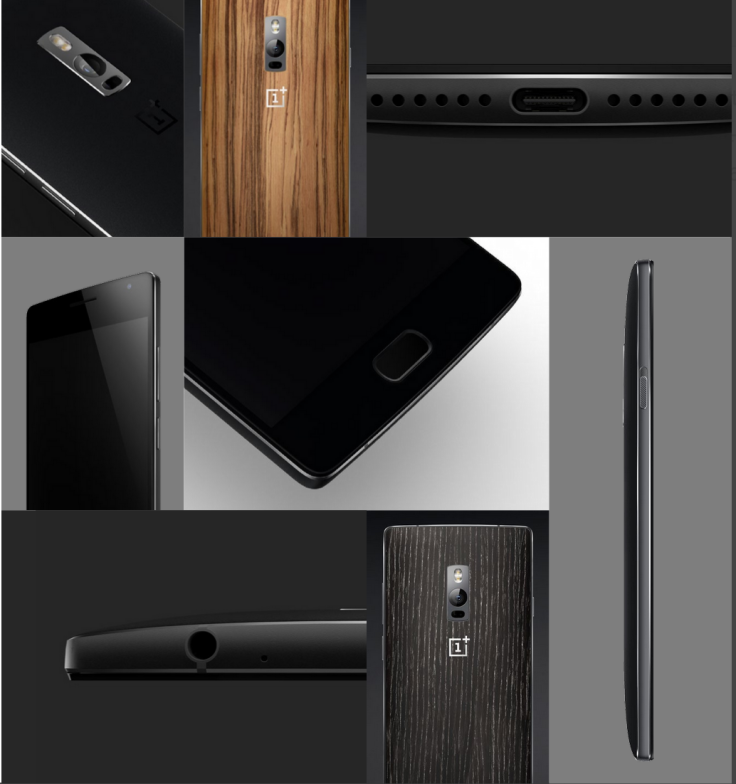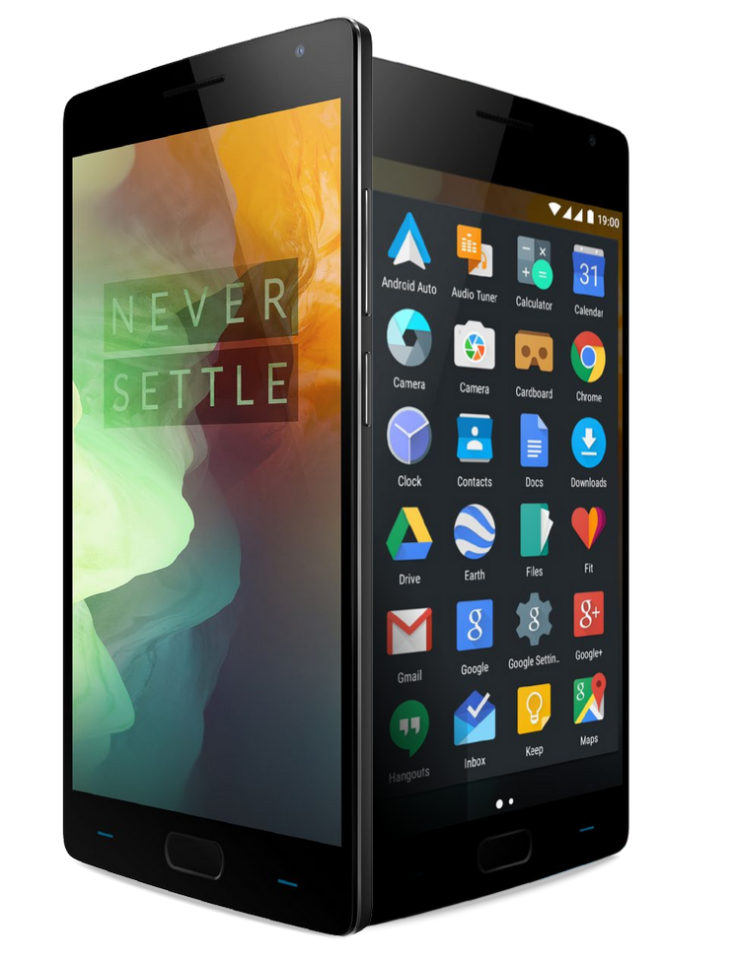OnePlus 2 v iPhone 6 v Galaxy S6: Is the £239 smartphone really a 'flagship killer'?

OnePlus has launched its second smartphone, claiming it matches the leading handsets from Apple and Samsung while being over £300 cheaper. At £239, the 16GB version of the OnePlus 2 is incredibly cheap.
The same iPhone 6 Plus will set you back almost £400 more at £619, while the cheapest Samsung Galaxy S6 will set you back even more, costing £559 – though that is with 32GB of storage.
The OnePlus 2 is just £10 more expensive than the original OnePlus One cost when it launched in the UK, and price alone makes the OnePlus 2 a very appealing option. The question is, does the Chinese startup's claim that it has produced a 'flagship killer' really convince?
Design
In terms of design, the OnePlus 2 does not look a huge amount different from the original but the company is clearly looking to make sure people think this is a premium device using materials such as magnesium/aluminium, glass and stainless steel.

However at 9.85mm, the OnePlus is significantly bulkier than the iPhone 6 Plus (7.1mm) and the Galaxy S6 (6.8mm) as well as being heavier than both at 175g (compared with 171g and 138g respectively).
OnePlus is looking to give users the chance of owning a phone that stands out from the crown, offering StyleSwap covers including bamboo, rosewood and Kevlar finishes.
Hardware
Looking at the OnePlus 2, which was launched with a unique virtual reality event online, purely from a hardware specification point of view, it certainly comes close to both the iPhone 6 and the Galaxy S6 on paper.
The only area where there is a significant omission is in terms of screen resolution. The OnePlus 2 retains the Full HD 5.5in screen of the original, which is identical to the resolution of the 5.5in iPhone 6 Plus but significantly lower than the resolution of the Galaxy S6 (2560 x 1440).
However, the company claims it has an advantage when it comes to brightness, with the OnePlus 2 claiming to produce 600 nits (according to internal testing), while the iPhone 6 only reaches 559 nits and the Galaxy S5 just 521 nits. This should mean the OnePlus 2 is better for use outdoors than either of its rivals.
Power
Internally, the OnePlus 2 is powered by a Snapdragon 810 chipset from Qualcomm, paired by 3GB of RAM, which is boosted to 4GB for the 64GB model.

Again, this all sounds great on paper, although the Snapdragon 810 chipset has been getting a lot of negative press recently due to overheating problems for the Sony Xperia Z3+. But OnePlus assures us the chip used in its latest handset is a new version that has been tweaked to address those issues and has been tuned to work well with the company's OxygenOS software.
While we will not know exactly how well this set-up performs until we try one of the new phones for ourselves, leaked AnTuTu benchmark results suggest it will not be quite as fast and may be as a result of OnePlus purposely throttling the 810 chip to prevent overheating.
Camera
Camera technology is one of the most important considerations when it comes to choosing a smartphone and both the iPhone 6 Plus and Galaxy S6 have class-leading cameras. Here OnePlus has gone for a 13 megapixel sensor paired with a dual-LED flash and, interestingly, a laser-focus system similar to the one used by LG on its G3 and G4 smartphones.
The company has also included optical image stabilisation, 4K video recording and promises to give users access to RAW image data through an update shortly after launch.
Again, on paper this all sounds great but we will have to wait and see how well the camera performs in real life, especially in low light conditions, which many manufacturers struggle to get right.
Unique features

Elsewhere, the company has introduced some features that make it stand out from the crowd, including being among the first manufacturer to ship with USB Type-C support. The OnePlus also has a hardware switch for changing alert preferences without having to take your phone out of your pocket and, like many smartphones aimed at emerging markets, it supports dual SIM cards.
The company is keen to promote its own Android skin, known as OxygenOS, which brings with it a number of features not available on other smartphones, including the ability to draw icons on the screen while its locked to active features such as playing and pausing music, turning the flashlight on and off, or opening the camera.
While OxygenOS looks great in the rendered images released by OnePlus, unless the navigation is intuitive and responsive, people simply will not like it. Companies such as Samsung have discovered that tweaking Android too much can have a negative reaction.
Verdict
The OnePlus 2, at £239 (or £289 for the 64GB version), looks like an incredible bargain. But that price will only look good if the hardware, software and experience of using the phone matches up to what the company has promised.
The OnePlus One was a surprise hit for the company in 2014 and with the hype surrounding the OnePlus 2 being even greater, it will need to deliver a great smartphone if it wants to continue its rapid growth.
© Copyright IBTimes 2025. All rights reserved.






















